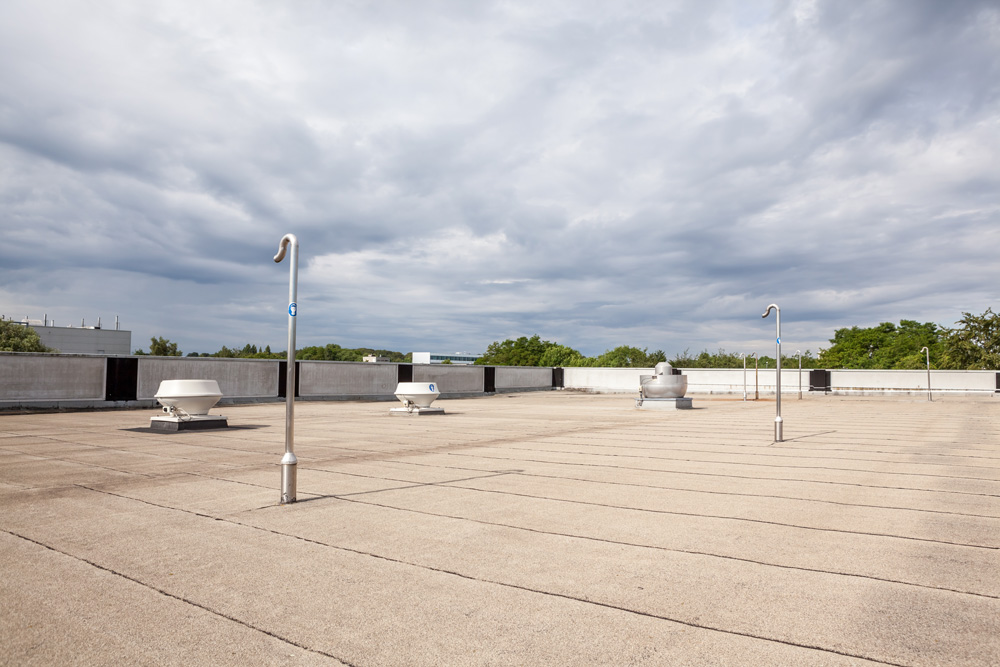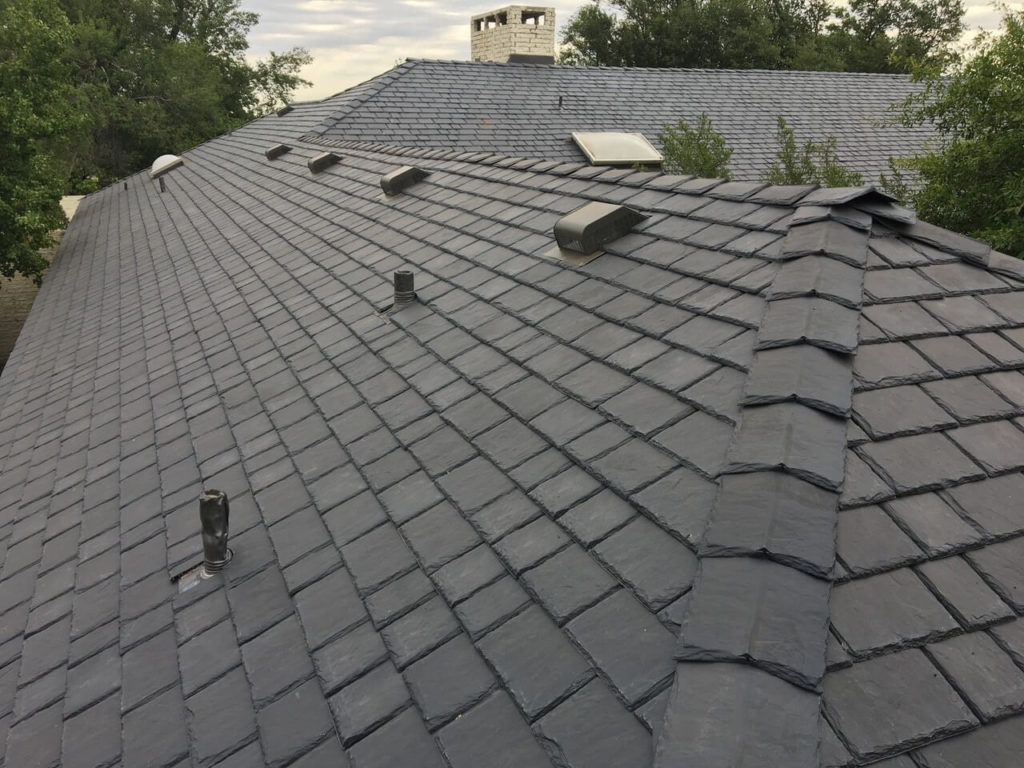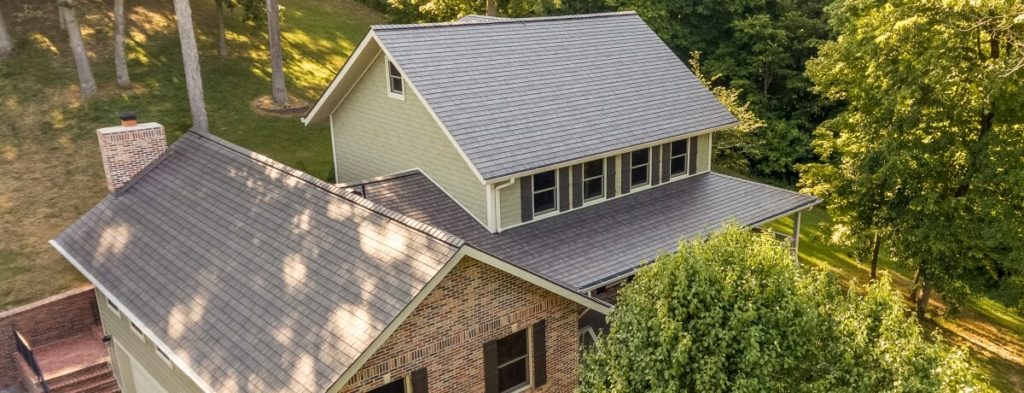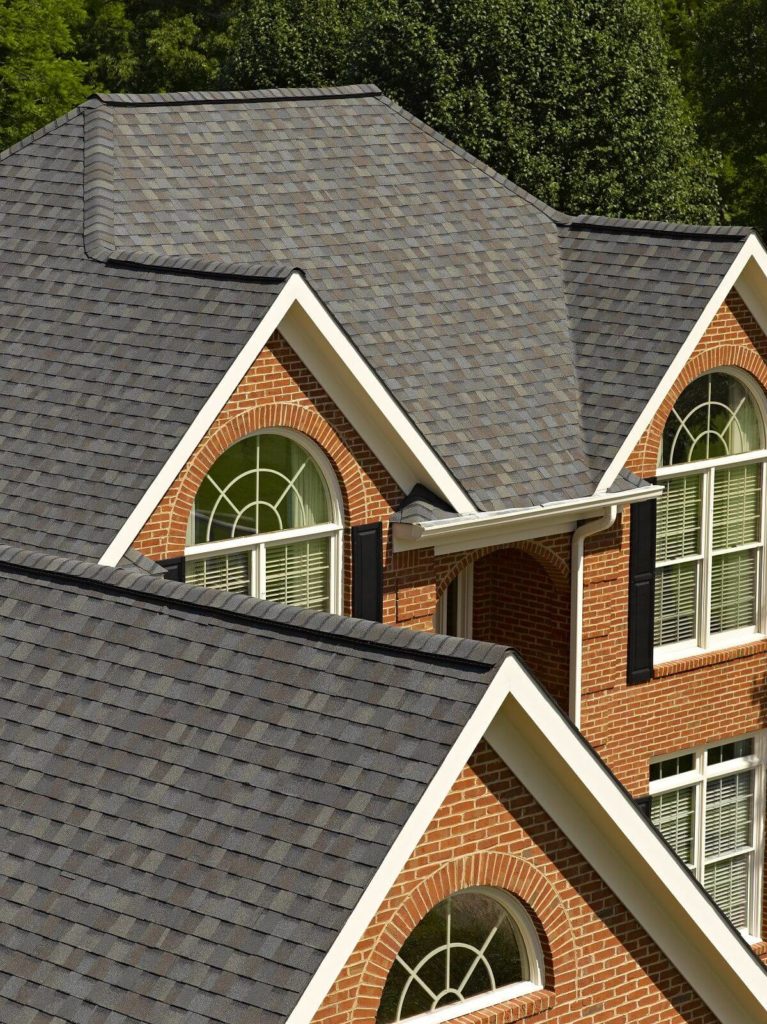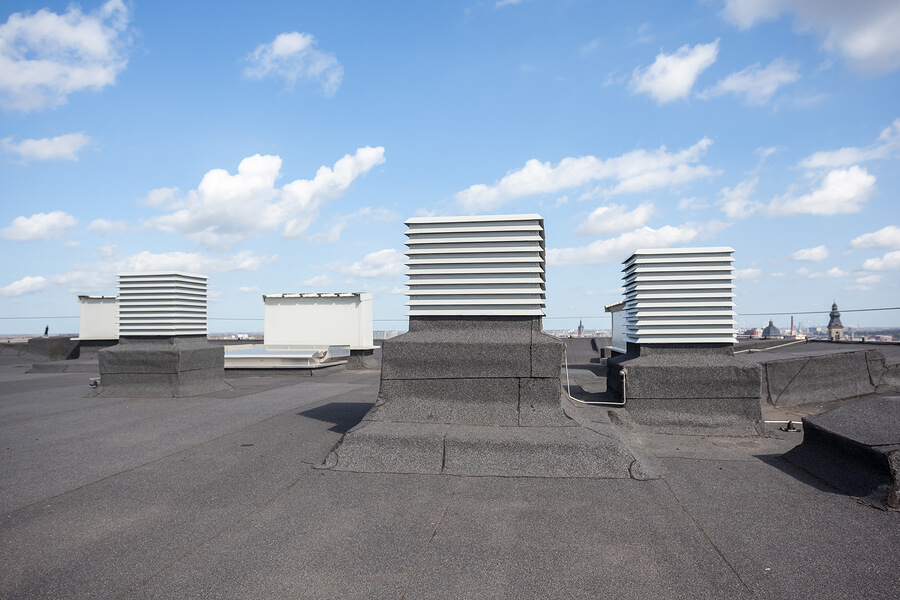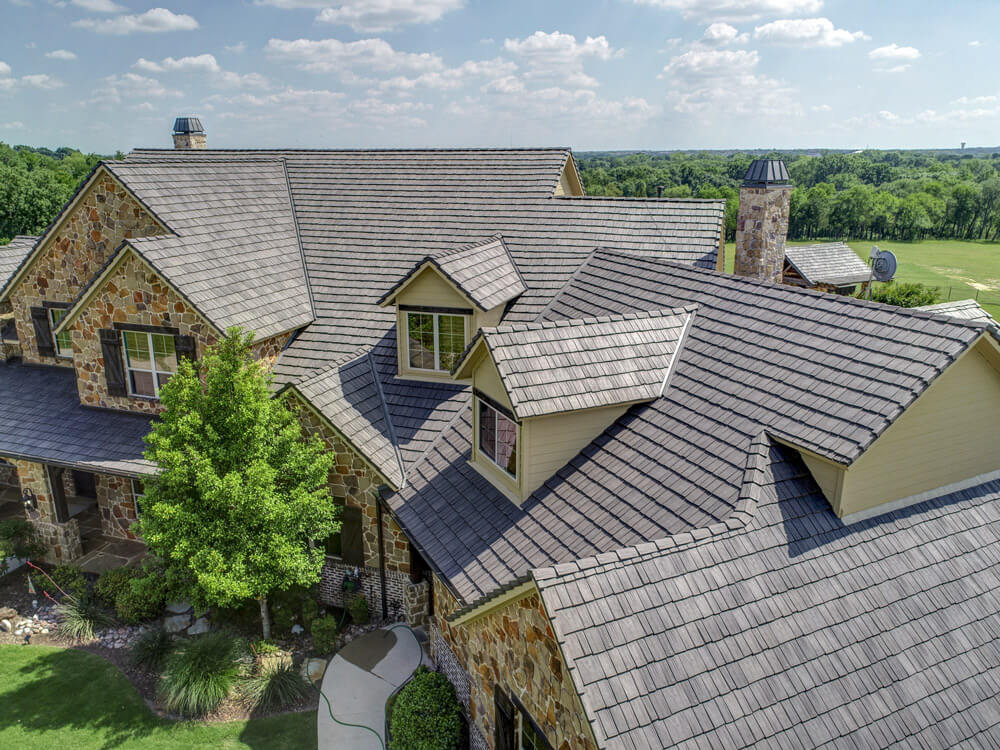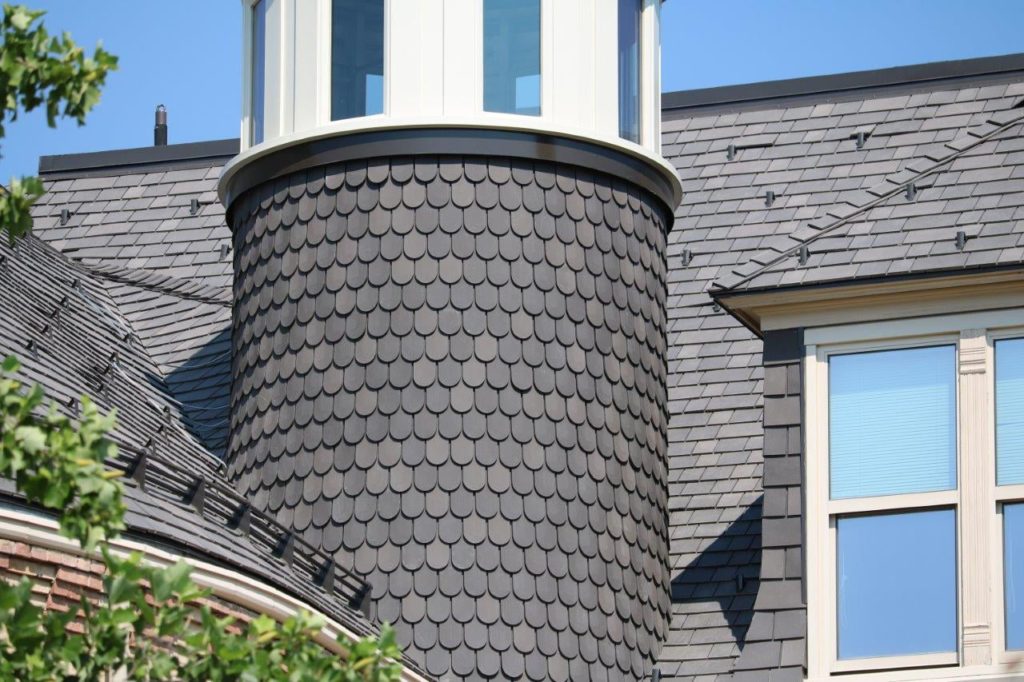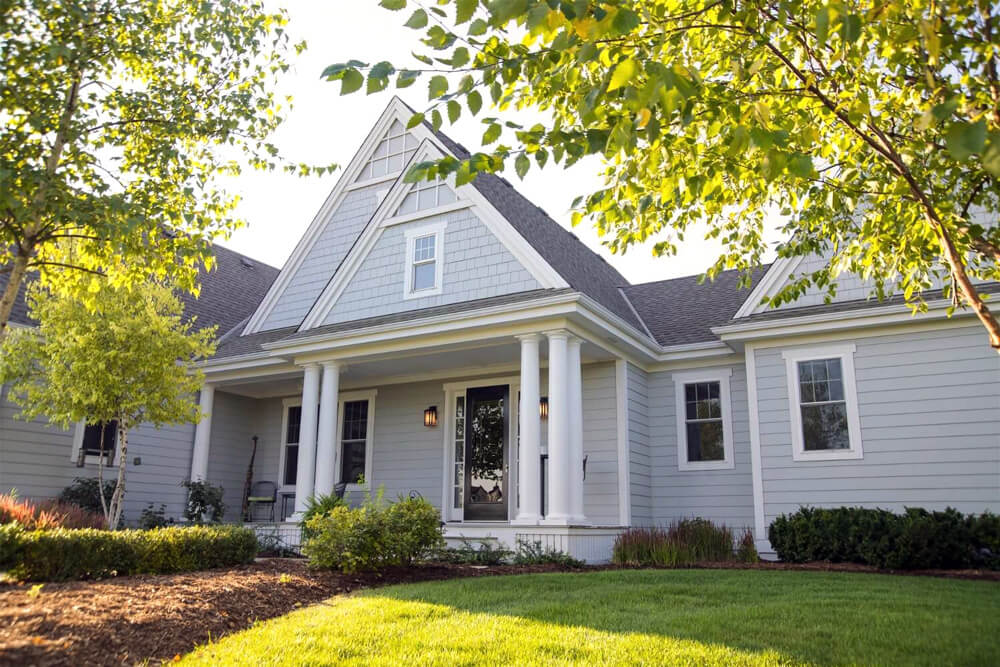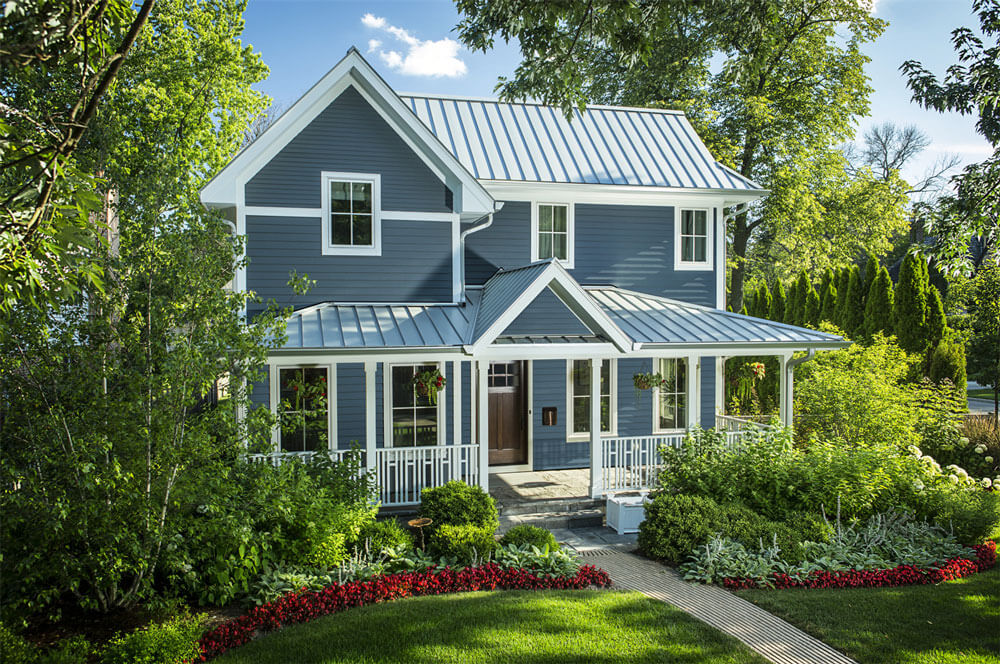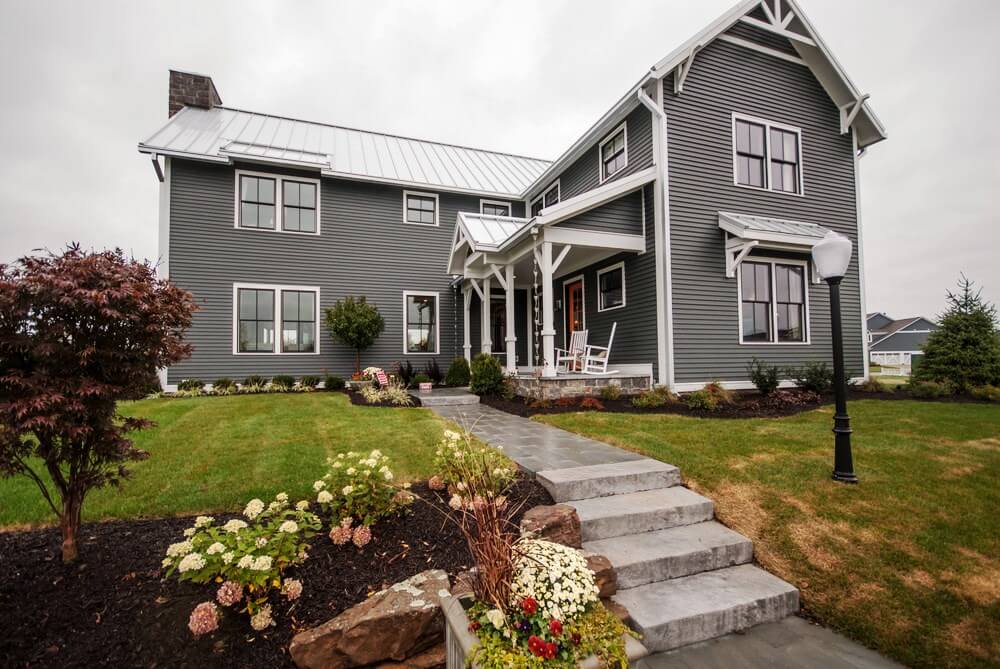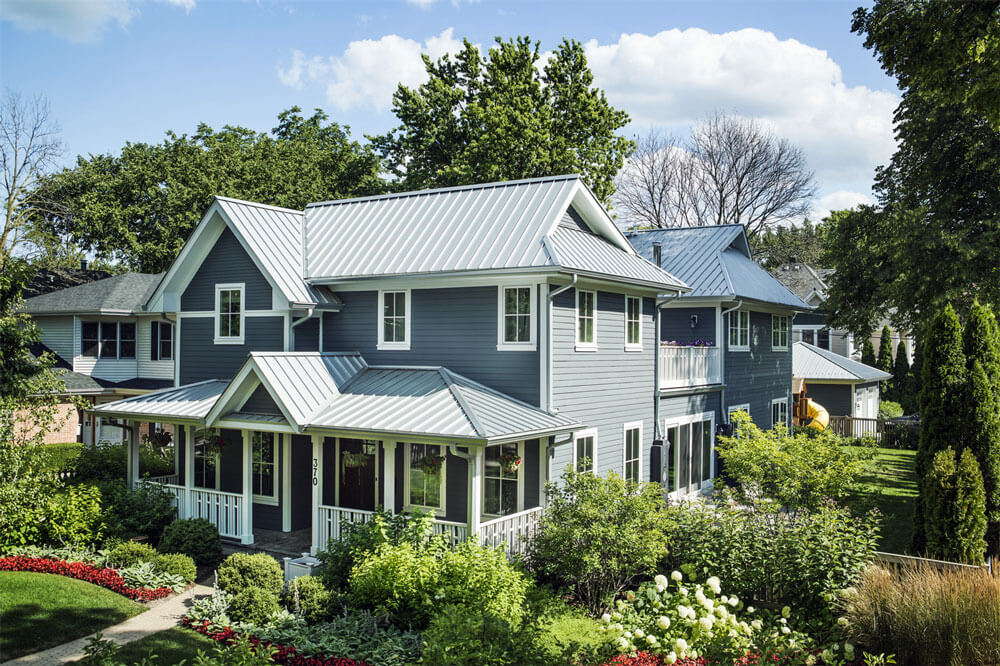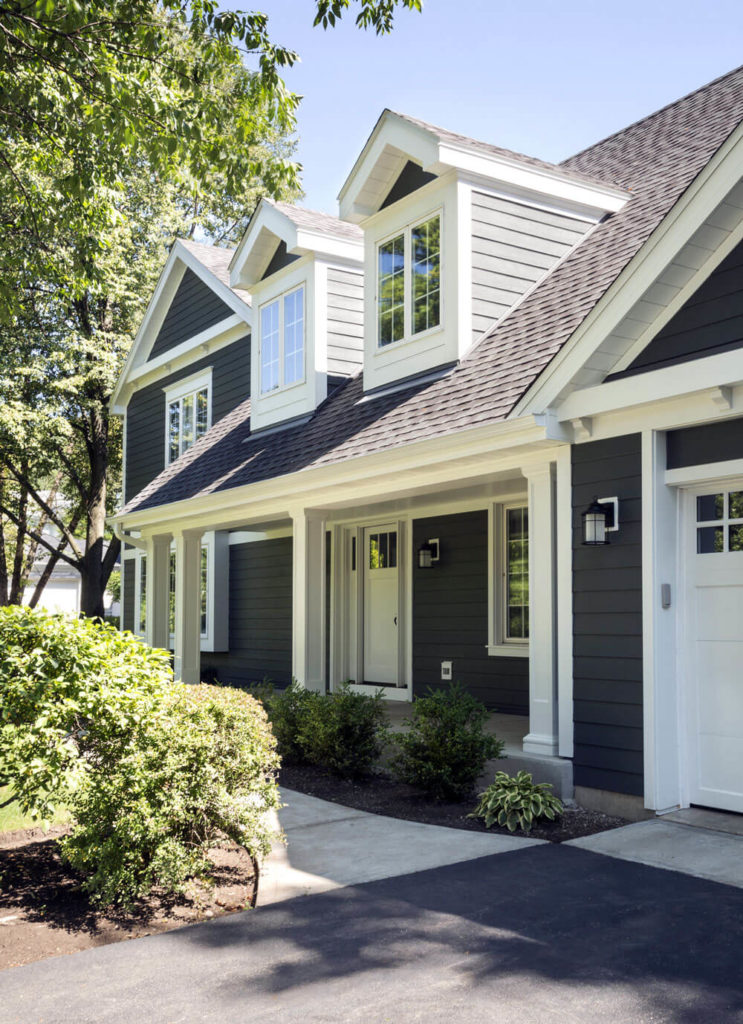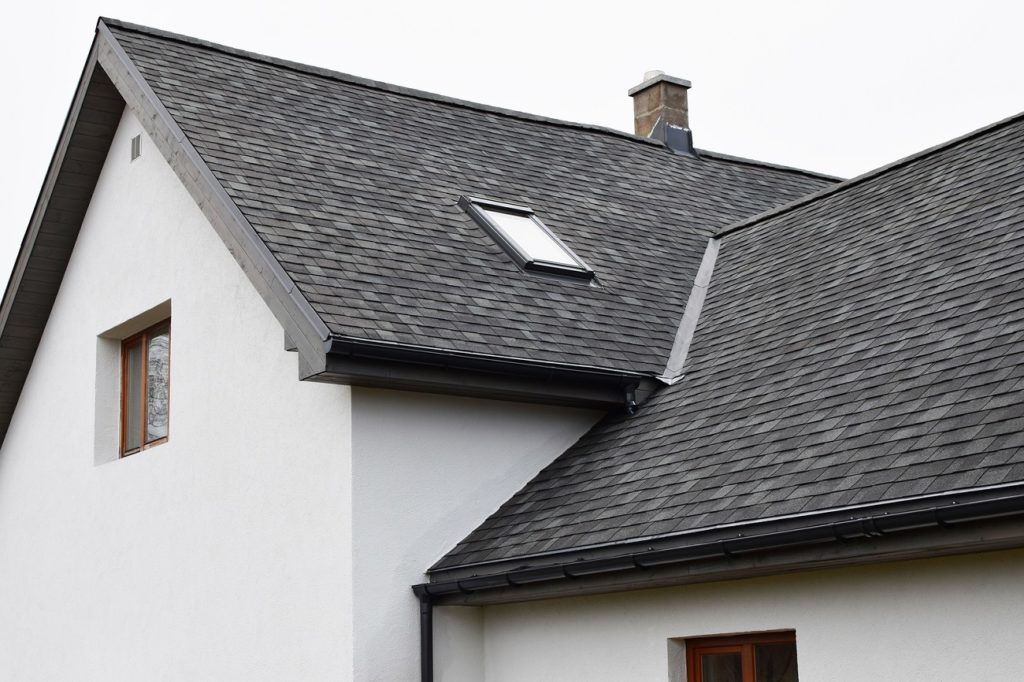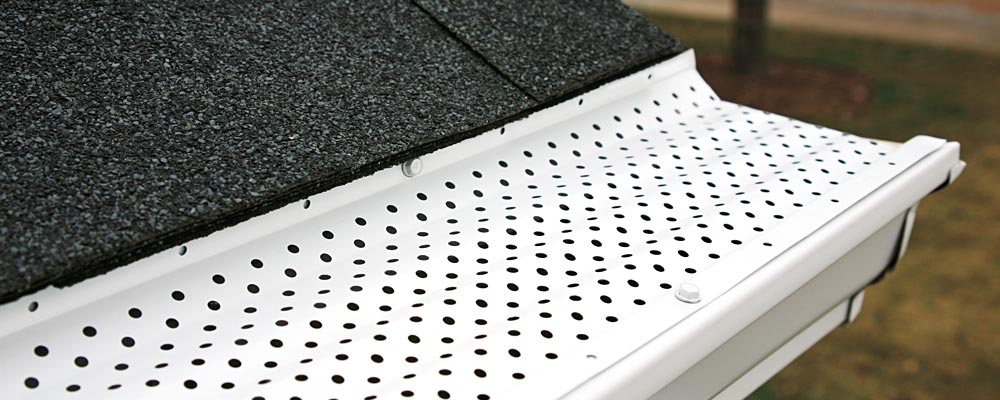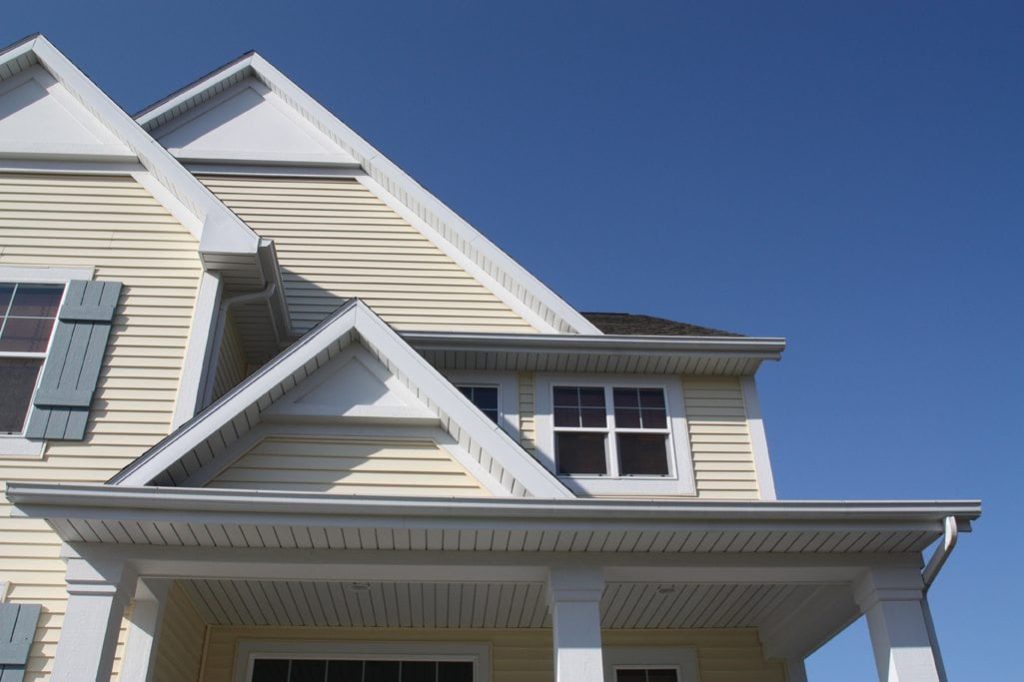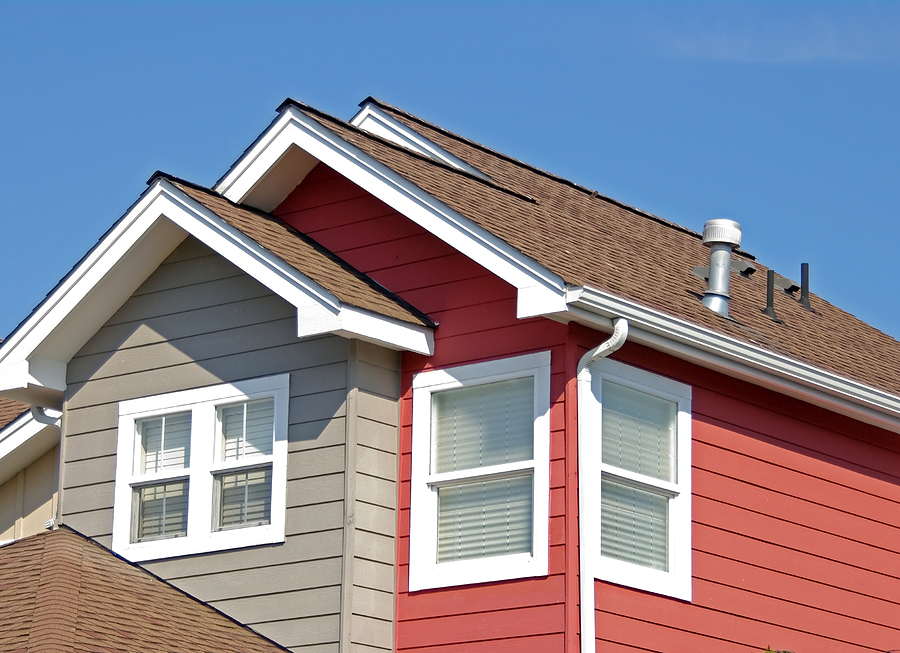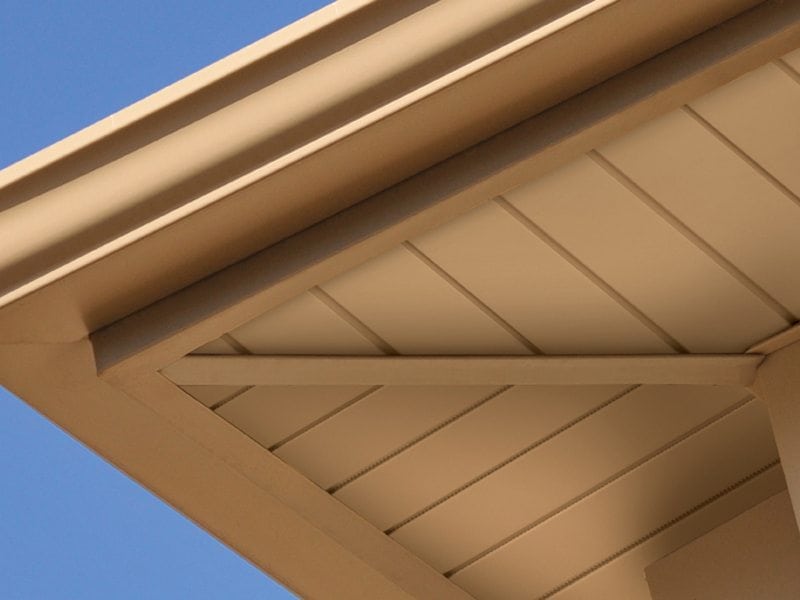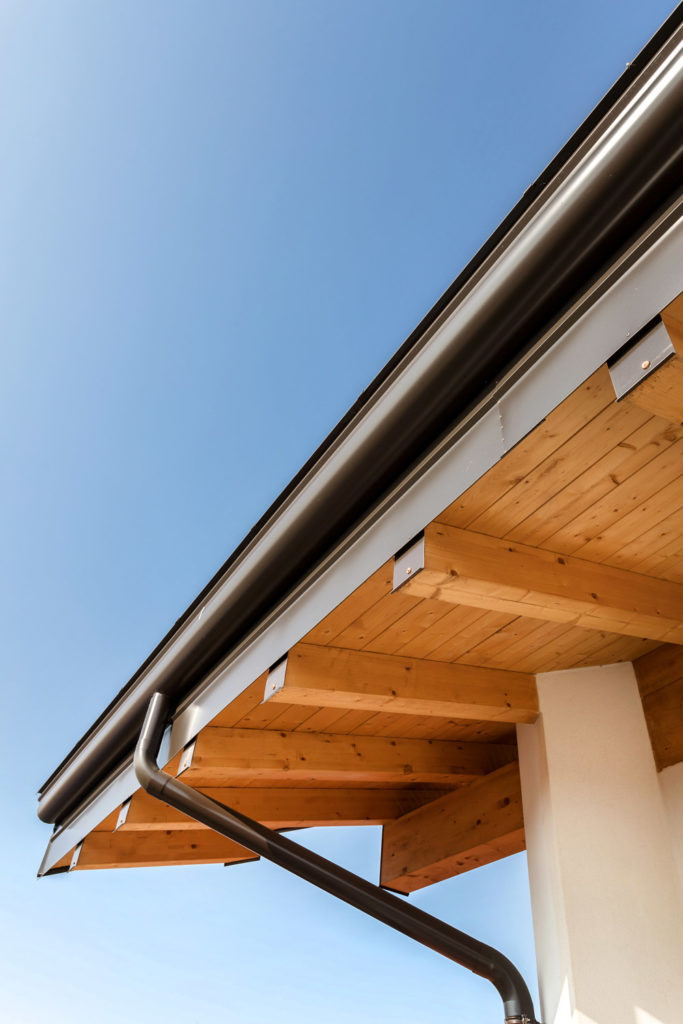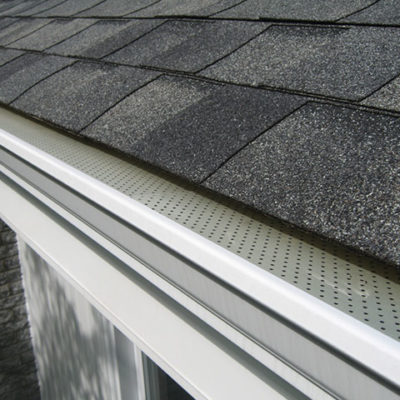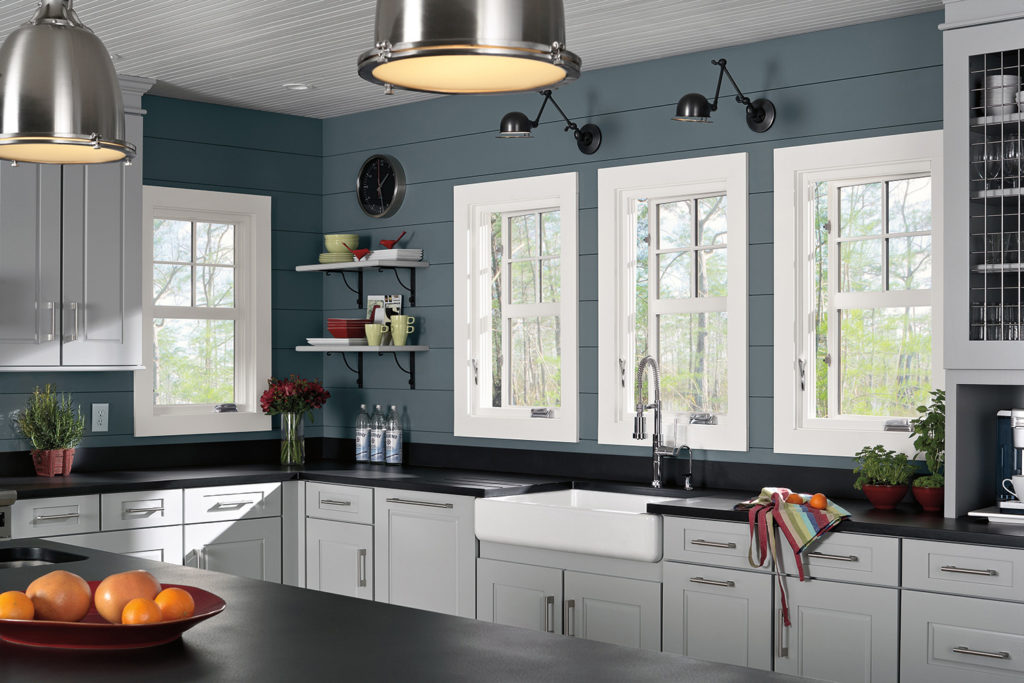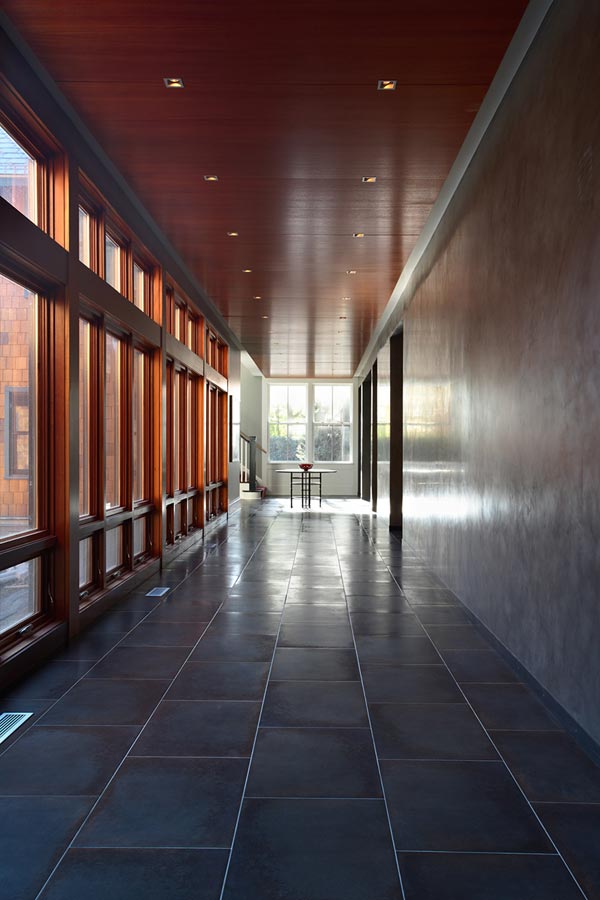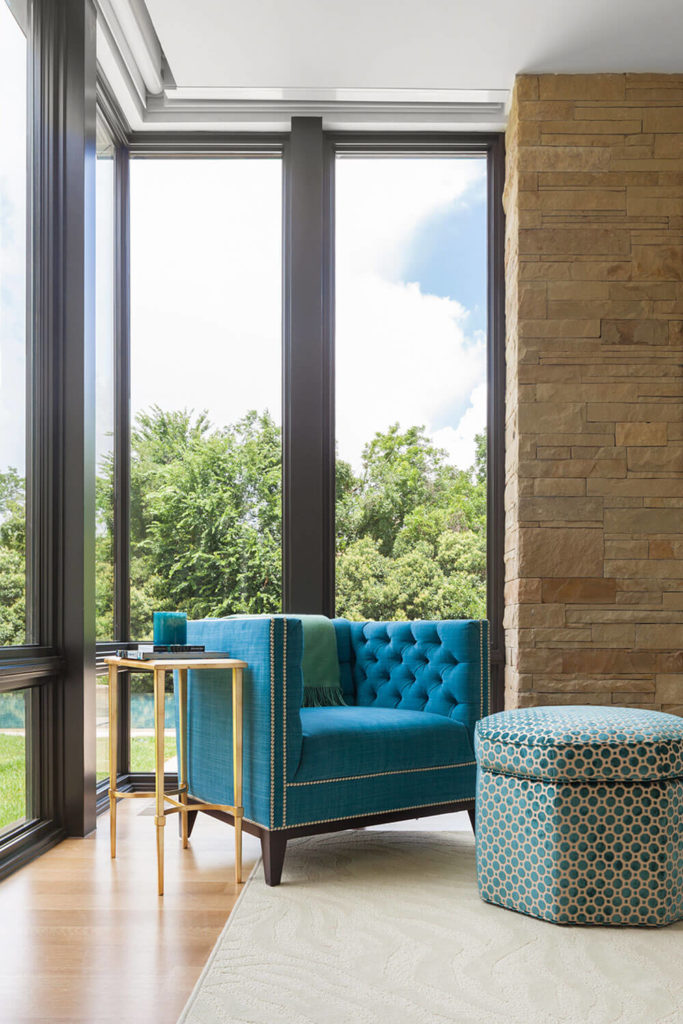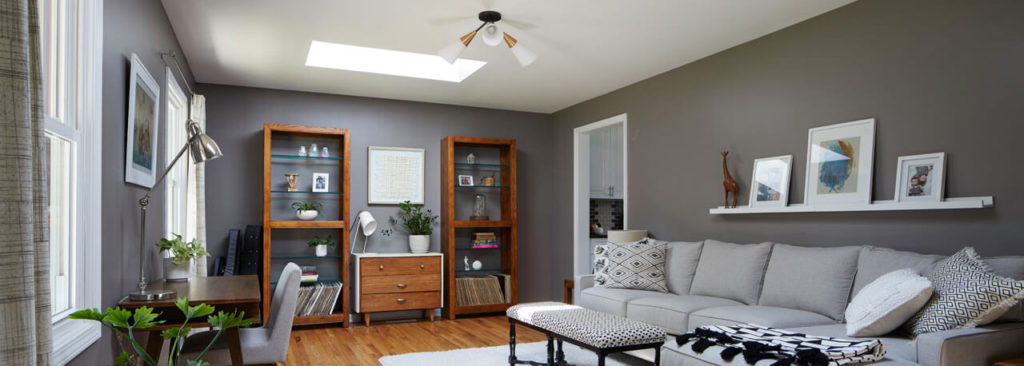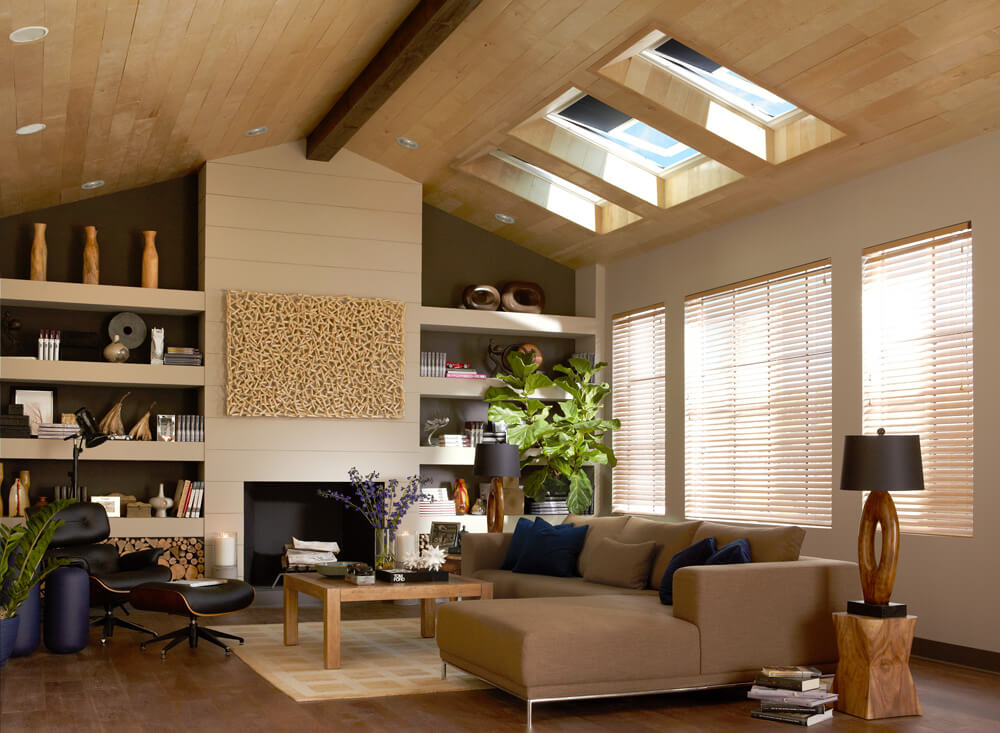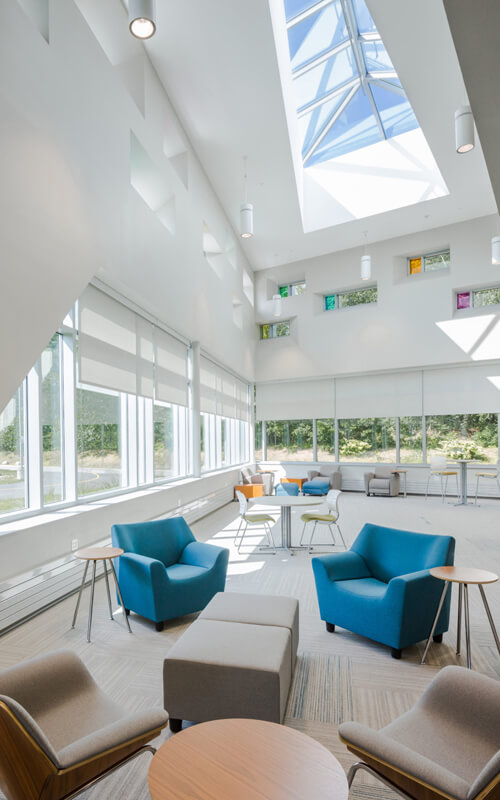The underlayment is an unseen yet important part of today’s roofing systems. As the waterproofing barrier that sits between the roof deck and the main roofing material, underlayment protects the roof from water intrusion in the event that the outer roofing fails. Rogers Roofing takes a look at the different types of underlayment available today.
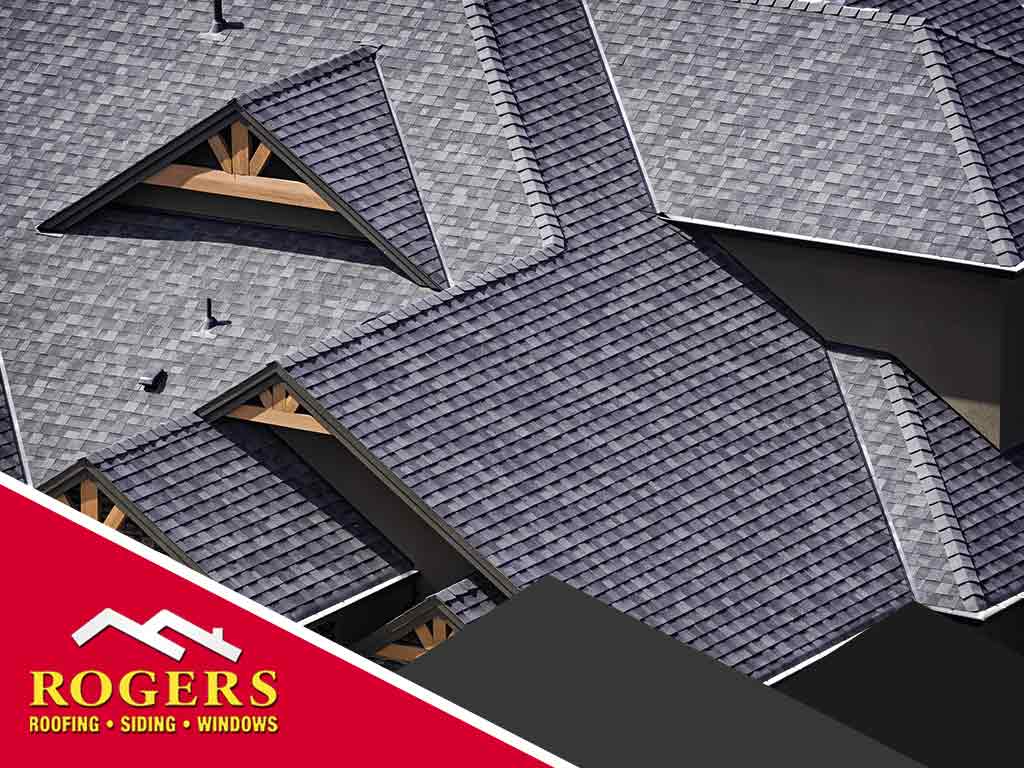
Asphalt-Saturated Felt
Underlayment is sometimes referred to as “roofing felt” because the first types of underlayment ever sold were asphalt-saturated felt. This type of underlayment is very similar to tar paper, except that it’s more durable, thanks to the cloth fiber content. Asphalt-saturated felt adds stiffness to the roof deck, which helps improve the roof’s durability. With asphalt also used for roads and manufacturing asphalt shingles, the popularity of traditional roofing felts has since been overtaken by modern materials.
Rubberized Asphalt
Rubberized asphalt is a specially-made sheet of rubber and actually contains very little asphalt despite the name. Thanks to its inherent elasticity, rubberized asphalt can withstand temperature extremes, which helps resist common roofing problems, such as substrate movement. Instead of the typical roofing nails, rubberized asphalt is installed using special adhesives. This helps to prevent potential leaks, even when the roof is punctured.
Manufacturers offer rubberized asphalt in different formulations depending on the roof’s requirements. Features like sound absorption or the addition of fiberglass for enhanced durability are available. Tears and punctures can be repaired using patches similar to the membrane roofing used in commercial roofs.
Non-Bitumen Synthetics
Most of today’s roofing systems feature non-bitumen synthetics. Roofing manufacturers like CertainTeed® have their own types of synthetic underlayment, designed to work as part of their roofing systems. Synthetic underlayment is made from hard-wearing plastics like polyethylene or polypropylene, the same plastics used to make food containers. They’re strong, elastic and efficient at repelling water. They also inhibit fungal growth, reducing the chances of mold and mildew growth on the substrate.
To learn more about underlayment and our services as roofers, call Rogers Roofing today at (219) 933-9145 (Indiana) and (773) 768-3022 (Illinois). You can also fill out our contact form to schedule a free estimate. We serve Orland Park, IL, and Crown Point, IN, as well as nearby areas in Northwest Indiana.
Categories:





